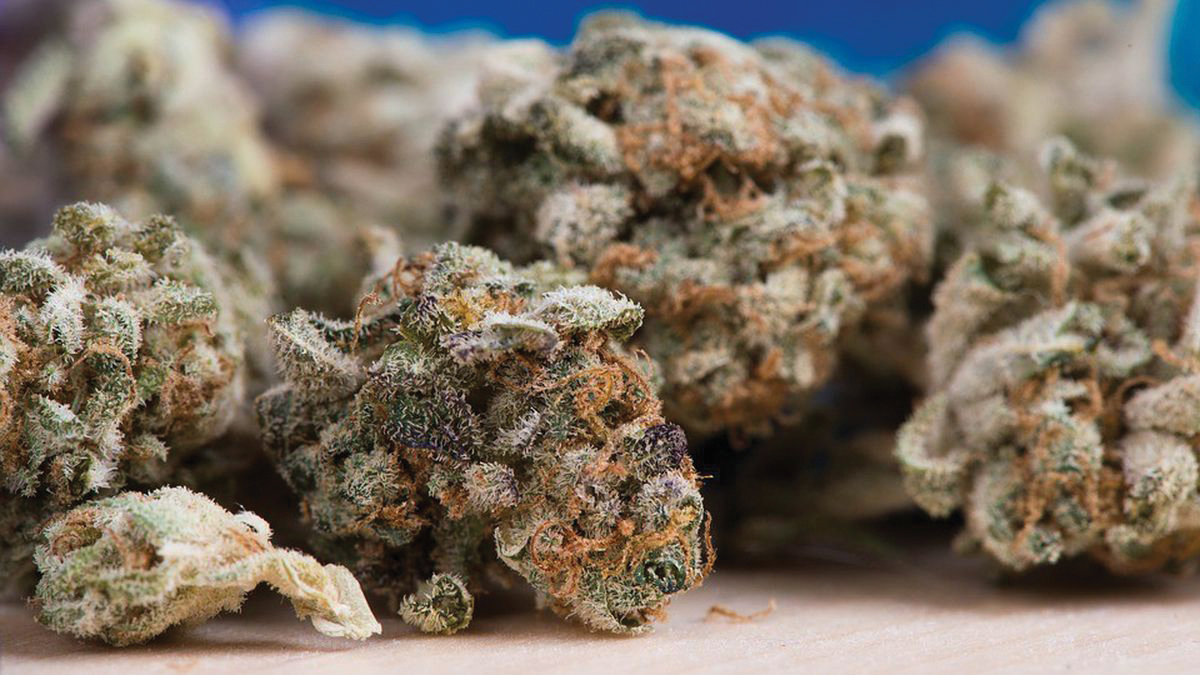In the three-and-a-half years since legal pot sales began in California, critics have bemoaned the many dysfunctions that have stymied the growth of the cannabis business. Some are of the industry’s own making, some are thanks to bad policy.
And that’s all true. But numbers released by the state show that sales are increasing appreciably, and state coffers are swollen with tax money from weed sales.
Of course, the numbers could be a lot better than they are, but still: Since the beginning of 2018, when pot sales began, state taxes on cannabis sales have generated $2.8 billion in revenue for the state, on total taxable sales of $11.7 billion. In the second quarter of this year (June through August) $333 million in tax revenue flowed from $1.4 billion in taxable sales. That marks the industry’s best quarter yet.
Industry observers say that licenses are being issued at a quicker pace, accounting for the increase. But most of the state remains “dry,” with local jurisdictions either refusing to issue licenses or slow-rolling the process. That has allowed the illicit market to thrive—the vast majority of weed sold in California is sold illicitly—and has stymied the growth of the legal industry.
So have high taxes and, to some degree, onerous regulations. The state slaps a 15% excise fee on all pot sales. That comes on top of the usual sales tax, and a cultivation tax that collects $9.65 from growers for every ounce of dried bud they sell. Leaves are taxed at $1.35 an ounce. Of the $2.8 billion in taxes collected from 2018 to now, about half came from the excise tax. Another billion came from the normal sales tax, and about $347 million came from cultivation taxes.
Critics say the state would actually collect more revenue if it lowered taxes. It would allow the industry to grow, generating much more revenue.
In the first couple of years of legalization, much was made of the disparity between the predictions of legalization proponents before Prop. 64 passed and the actual revenues generated. Proponents commonly predicted that the state would collect $1 billion a year from cannabis. In 2019, critics noted that only $288 million was collected in the fiscal year that ended that June. Los Angeles Times columnist Michael Hiltzik declared that the $1 billion figure was “based on fantasy.”
And maybe it was. It certainly wasn’t based on solid data, because there was no solid data. And it was a figure cited by people with a vested interest in creating a legal pot industry, so it seemed more likely than not to be inflated. But in June of 2019, the industry was only 18 months old. The very next year, state tax revenues shot up to $817 million. This year, revenue from state taxes on pot sales is expected to exceed $1 billion.
Hiltzik based his “fantasy” conclusion on the fact that estimates of the size of illegal industries are notoriously unreliable: usually, they’re inflated. In this case, the inflators were legalization advocates, who used estimates of the illicit market as part of the basis for its estimates. Law-enforcement officials and “tough on crime” politicians often inflate the size of various black markets—for drugs, guns, stolen merchandise, etc.—to achieve stricter laws and more money from taxpayers.
In this case, though, it might turn out that the estimates for cannabis tax revenues were actually much too low. If the state lowers taxes and eases up on some regulations, and if the federal government finally legalizes pot, the industry could continue to grow for years to come. Federal legalization would lower many of the costs of doing business, and might open up new markets for California weed companies by enabling them to ship their products to other states. Meanwhile, local governments in the state, eying their neighbors’ tax windfalls, are starting to come around. If the trend increased further, it’s easy to imagine tax revenues soaring even further.
TRENDING:
.High and Dry: Cannabis had its best quarter yet, but federal legalization is still far over the horizon






